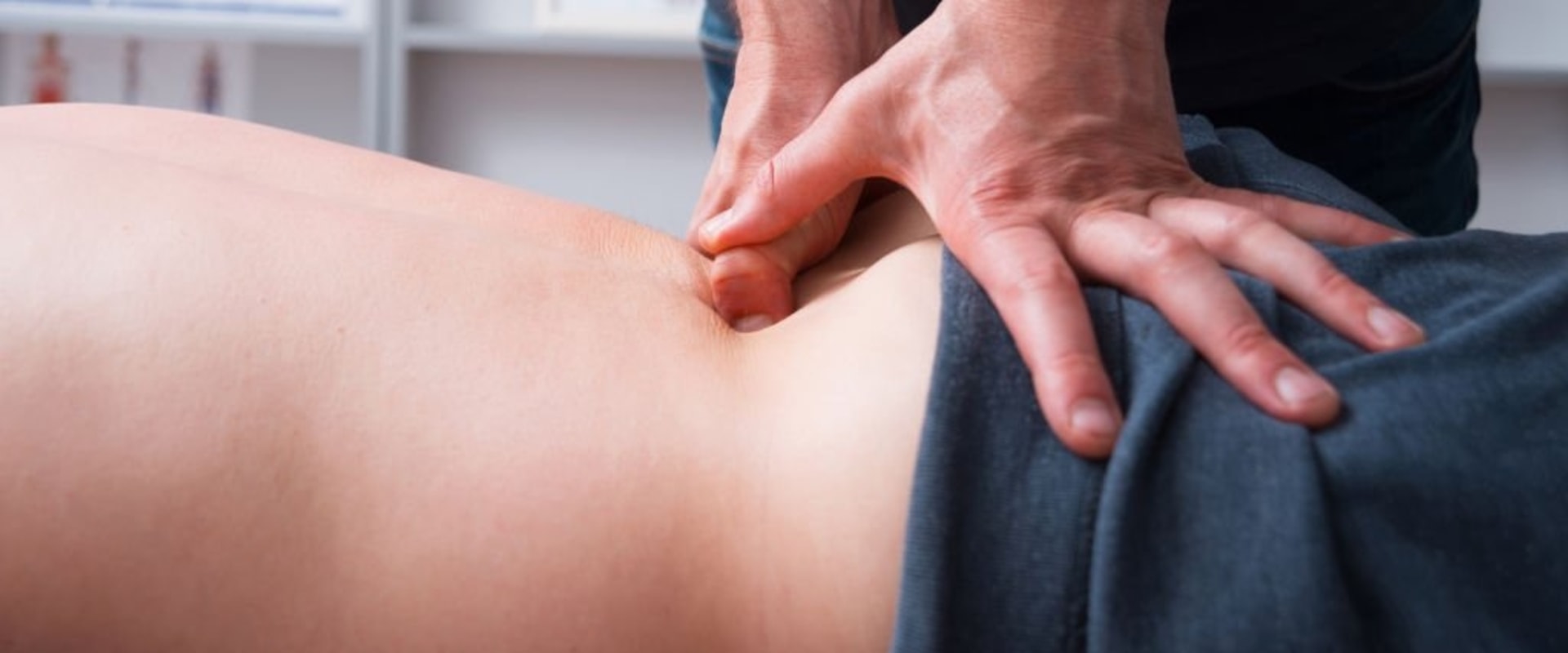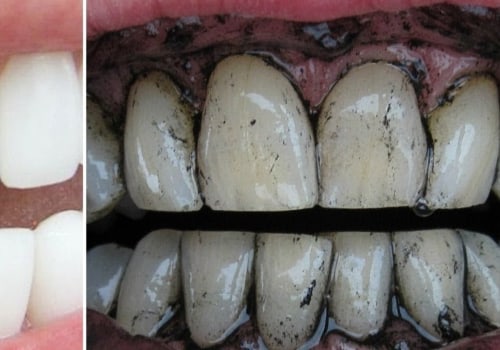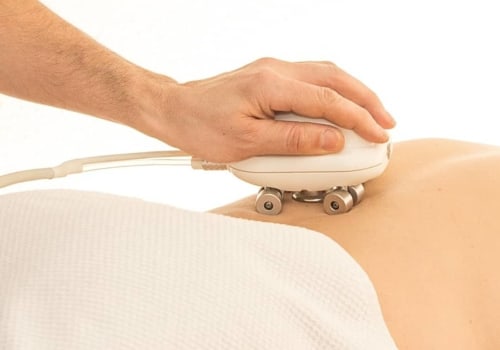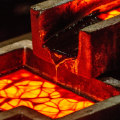Pain of any kind can be unpleasant, but for those experiencing persistent or chronic pain, finding relief is a saving grace. Massage is an extremely powerful healing tool because it's natural: physical manipulation of the body by another body. Deep tissue massage and relaxation massage are two popular massage techniques that can help alleviate pain and promote overall wellbeing. A deep tissue massage is a therapeutic option used as a form of treatment.
It works to release tension in the soft tissues and deeper layers of the muscles, as the name suggests. Unlike a relaxation massage, deep tissue massages require firm pressure to loosen any kinks and knots and promote long-term relief. Using a portable massager allows you to determine the appropriate pressure. Deep tissue massage is highly recommended and highly appreciated for those who experience or suffer from pain conditions.
Pain isn't just a physical warning of bodily injury, it can weaken the brain. If pain limits your ability to live comfortably, move skillfully, and enjoy mental clarity, your quality of life is also affected. During a therapeutic massage session, the masseur should check with the patient the amount of pressure being used, so that only the necessary pressure is used in each area. Therapeutic massage doesn't need to cause intolerable or unbearable pain to get results. Deep tissue massage is a type of massage aimed at the deeper tissue structures of the muscle and fascia, also called connective tissue.
The pressure will generally be more intense than a relaxation massage. It's also a more focused type of massage, as the therapist works to release chronic muscle tension or knots (also known as adhesions). Swedish massage uses long movements and light to firm pressure to provide gentle relaxation. Deep tissue massage is a more energetic technique that releases tension deep within muscles and connective tissues. Deep tissue massage is exactly as the name suggests and is a much deeper form of treatment that applies stronger pressure.
Therapists will try to attack trigger points and eliminate any knots, which can help relieve chronic tension and pain. You may experience some pain after treatment due to the pressure your muscles have been under. This should go away 24 to 48 hours later, as the toxins are eliminated from the body. A relaxation massage is a gentle treatment that relieves muscle tension, increases circulation, and promotes a general sense of relaxation. This massage is performed using Swedish techniques that consist of long, rhythmic movements and small circular movements that help break adhesions and promote better circulation.
Unlike deep tissue massages, a relaxation massage doesn't address the connective tissue in the muscles. It is not intended to treat sports injuries or other complaints and is instead used to reduce muscle tension while returning the body to a relaxed state. Many people seek relaxing massage treatments after a long week of work or to help improve their mental health. Therapeutic massage is a general term that describes any type of massage modality that helps relieve pain, reduce stress and work on a specific problem, such as a frozen shoulder. People tend to assume that therapeutic massage means deep tissue massage and that they will receive a very strong massage.
But this is not always the case. Deep tissue massage is great for breaking up scar tissue and getting blood circulating, but it may not be what you need on a particular day. A good therapist will apply the specific techniques and the right amount of pressure to address your need, and sometimes that's a lighter touch. It's also a good idea to shower before your appointment, as a regular courtesy to the masseur and to provide peace of mind for the person receiving the massage. Pressure is applied to the muscles in the direction of blood flow to the heart, but not as much pressure as in a deep tissue massage. The goal of a therapeutic massage is to treat a health problem, rather than simply to help you relax.
Deep tissue massage may include movements similar to those of Swedish massage, but the therapist will apply the movements more forcefully. It is always best to consult with your massage therapist before scheduling a session to decide what type of massage will be most beneficial to you, as the needs of some symptoms overlap. To be considered relaxing, this type of massage is not designed to treat many conditions that people suffer from, such as chronic neck pain, back pain, wrist pain due to excessive use of the keyboard, old injuries caused by sports or car accidents, limited range of motion in the neck, arms or legs, etc. This type of massage can help relieve tension caused by stress by helping to relax the body, reduce blood pressure and promote a general sense of well-being.
When people think of a massage, they think of the relaxing, lighter-touch massage provided at spas, health clubs, resorts and cruise ships, and relaxation massage is perfectly suited to those environments. Before scheduling an appointment, people should consider the type of massage that best suits their needs.











